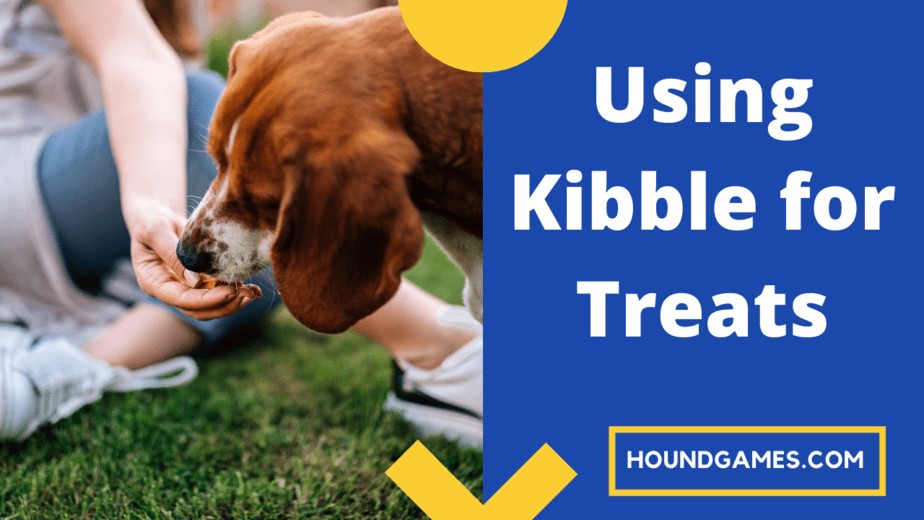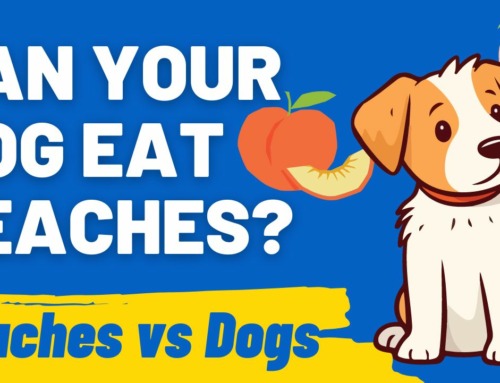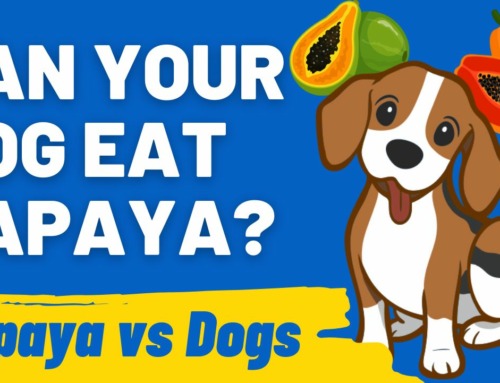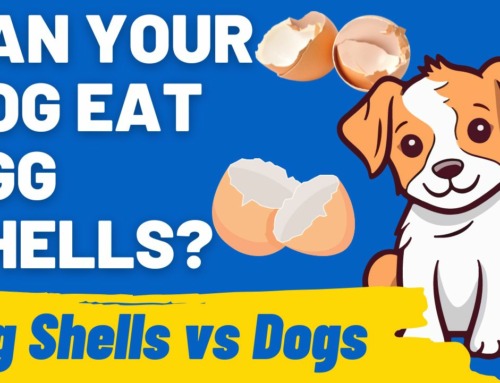Hey there, dog lovers! Wondering if you can use kibble as treats for your furry friend? You’re in the right place! This post will tell you all about using dog kibble as training treats. It’s a great way to save money and keep your dog’s diet balanced. Plus, we’ll share some cool tricks to make kibble even more exciting for your pup!
Key Points:
- Kibble is a cost-effective and healthy treat option for training your dog.
- It’s crucial to feed your dog regularly and use kibble as treats, not as the only food.
- Find out how to make kibble more appealing to picky eaters or as a special training treat.
Can you use kibble as treats?
Yes, kibble can be used as a treat and is especially good as a small training treat. It’s important to remember that treats used as rewards need to be something the dog likes, but if your dog enjoys their kibble, you can use it in your training.
For dogs that will be getting many treats, or dogs on a strict diet (due to allergies, obesity, or otherwise) using their kibble as treats solves problems associated with overeating or ingesting allergens.
You should never withhold food from your dog for the sake of training. If you only feed your dog when they’ve done something you wanted, it’s easy for the food to become coercive.
Dogs may be pushed into situations they are not comfortable with because their innate need for food overrules their concerns about their safety and wellbeing.
Instead, feed your dog portions of their kibble as a meal – for free – and use other portions of the kibble as rewards.
If your dog doesn’t earn enough rewards throughout the day to eat the portion you have saved, they should still get that in their bowl at the end of the day. Kibble is useful as a treat, but it’s also one of the Five Freedoms to ensure your dog is free from hunger and thirst.
If you’re wondering if your dog can get bored of their kibble, be sure to read our post on that subject here: Do Dogs Get Bored of Their Food? Answered!
What are kibble treats?
Kibble treats are simply dry dog food – kibble – used as treats rather than given in a bowl. The kibble you use as treats can be the same food your dog regularly eats, or a different kind of kibble you reserve for training purposes.
Because training treats should be pea-sized in general, kibble often makes a great option since it’s already a small size, and also is nutritionally balanced rather than full of sugars.
If you’re struggling with getting your dog to like their kibble, then make sure you read our post Puppy Won’t Eat Kibble? Do This!
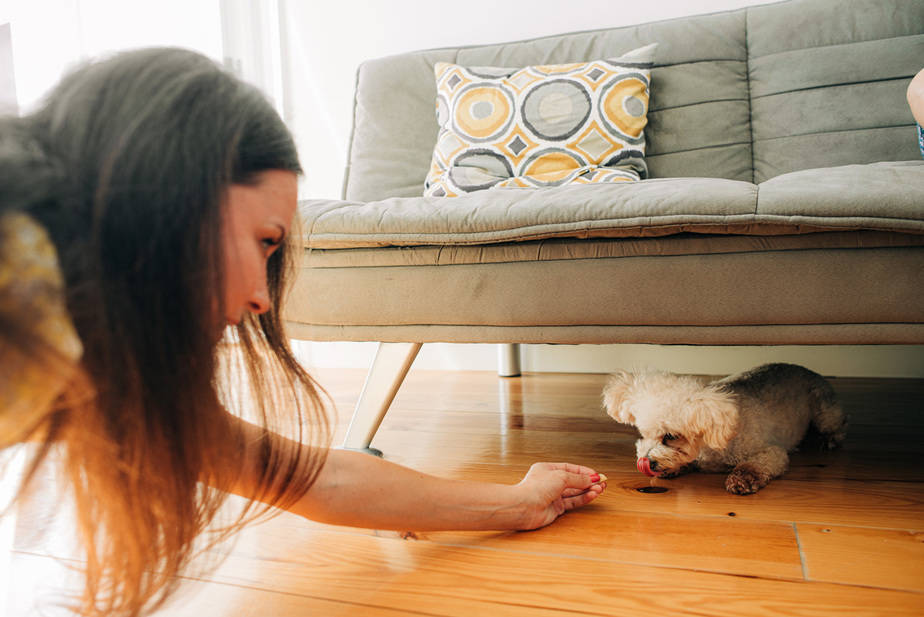
How do you make kibble into treats?
Making kibble into a training treat is easy! Instead of putting kibble in your dog’s bowl, put it in your bait bag or training pouch and start rewarding the behaviors you like. There are, however, a few tips and tricks for creating kibble as treats that are still of high value to your dog.
If you aren’t already using food in your training, you should be! While praise and petting are things dogs like, they aren’t things they need. Dogs learn behaviors faster when food is involved.
It’s also extremely important to consider how valuable your dog perceives their kibble. That is, when given the choice, would they choose kibble or a different treat?
Some dogs might not have much of a preference – food is food, and they love it all. Other dogs will have a marked difference in their responses and behavior when the treat is something they consider high value, than a low value treat.
You can check your dog’s preferences by offering various treats and seeing which they choose, as well as by observing their behavior when training. Do they train more excitedly and faster when using one treat than the other?
Even if kibble isn’t your dog’s favorite high-value treat, you can still use it as a low-value option in situations that are low-distraction.
There are also a few ways you can try to increase the value of kibble, especially when it’s necessary for you or your dog to not use other treats.
One option is to use something to “coat” the kibble in a new and exciting flavor. Dogs especially enjoy it when the addition is something smelly and delicious!
I’ve done this a few different ways for my dogs. When you truly are coating the kibble in something, I’ve used both a powdered food topper designed to encourage picky dogs to eat as well as powdered parmesan cheese.
You may also want to read our post Dog Food Storage: Leftover kibble and wet food
When I make kibble more enticing this way, I put it in a small container along with the mix-in and shake it until well-coated. Then I store the kibble sealed in the same container, allowing the scent to be better absorbed.
I’ve also put kibble in a small container with some smelly treats my dogs love, or in the fridge with pieces of hot dogs. While these additional treats won’t end up staying on the kibble themselves, they can often make them smell enticing enough that the kibble becomes higher value.
Finally, you can also use kibble as treats by purchasing a small bag of dog food that is different from your dog’s normal brand or flavor.
Just like how regular training treats can seem more exciting to your dog because they are more novel than their daily food, the same can be true for a different kind of kibble.
Because you’ll be using this other kind of kibble as treats, and not as your dog’s meal, you rarely need to purchase anything other than a small bag at a time. I keep an eye out for sales and clearance bags when I am running low, and then snag a small bag for cheap!
There are some dogs that do not enjoy their kibble enough to consider it valuable as a treat. However, if you have a picky eater, you can try a few of these mix-ins or even a new kind of kibble saved for treats only. You might find out your dog does enjoy other flavors.
Here are two more posts you might find interesting:

